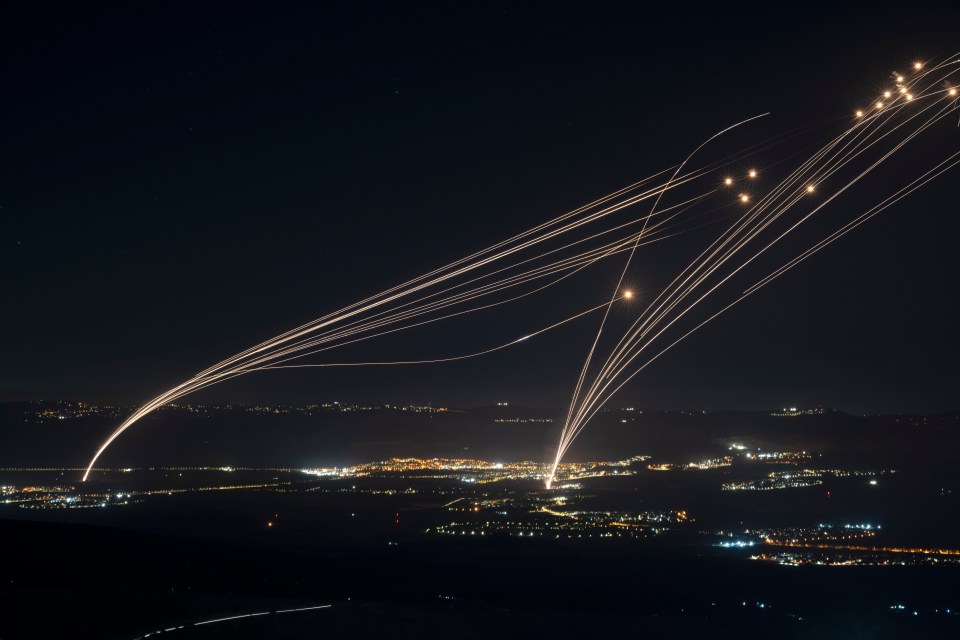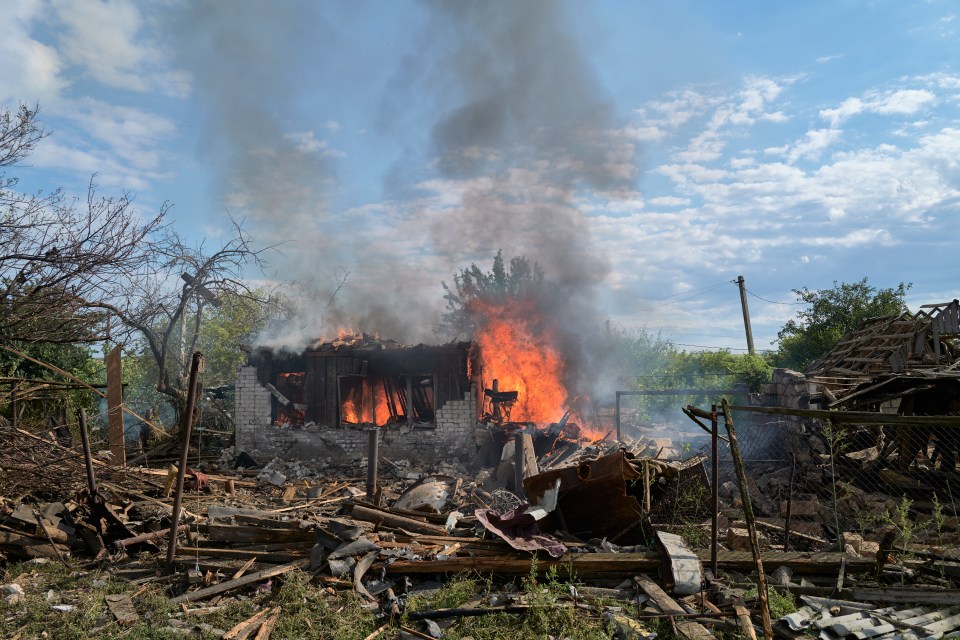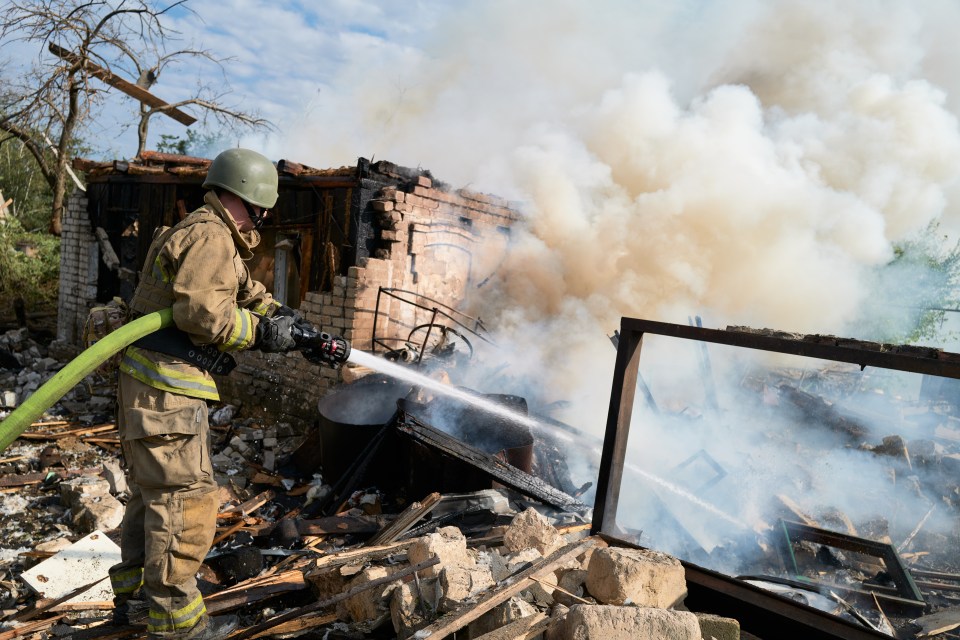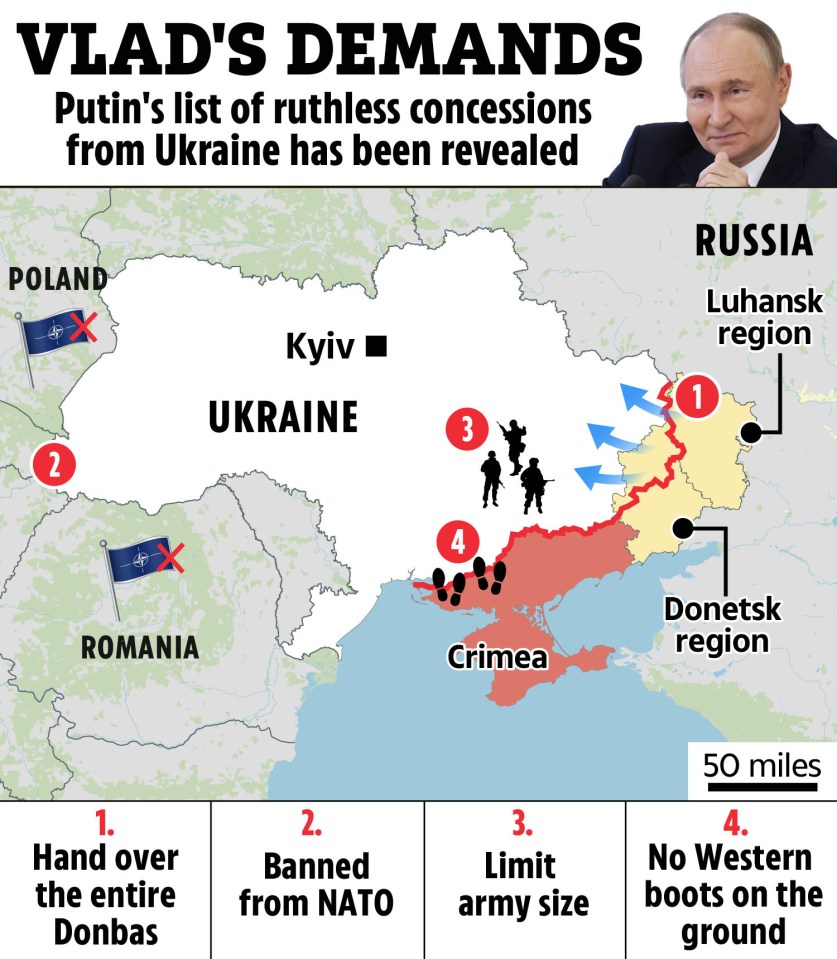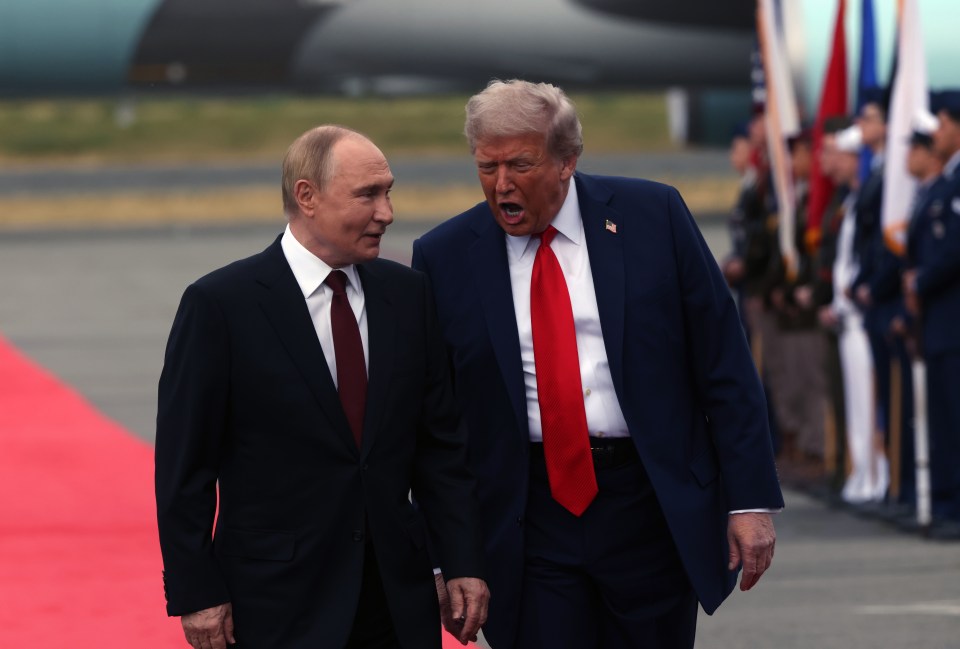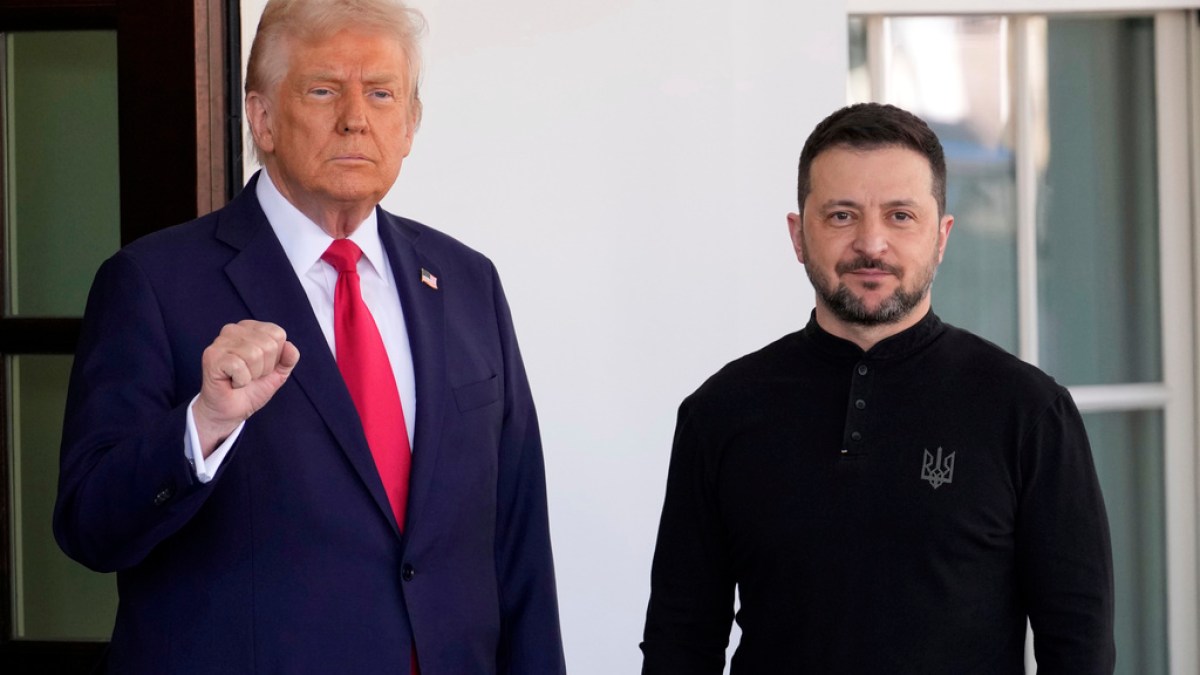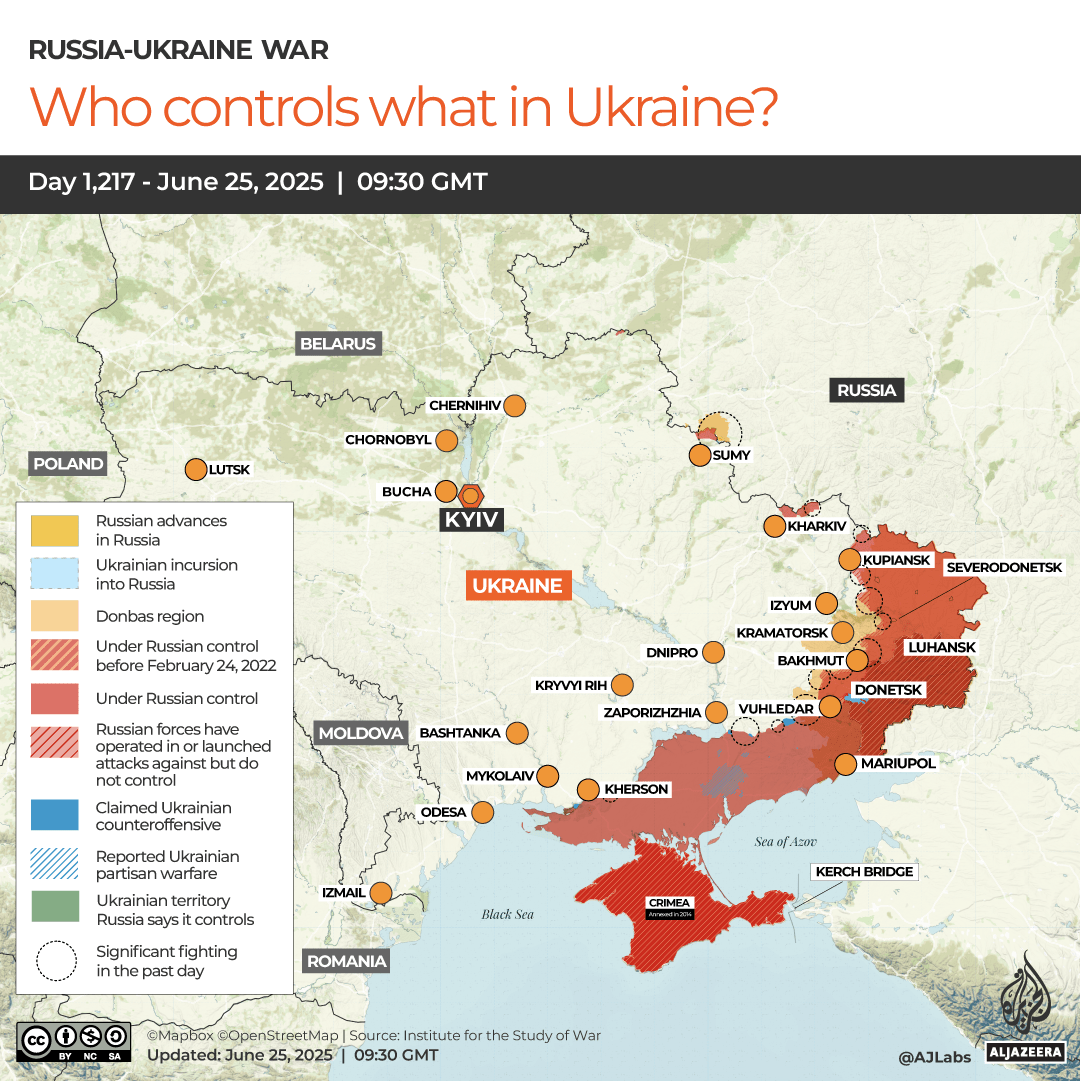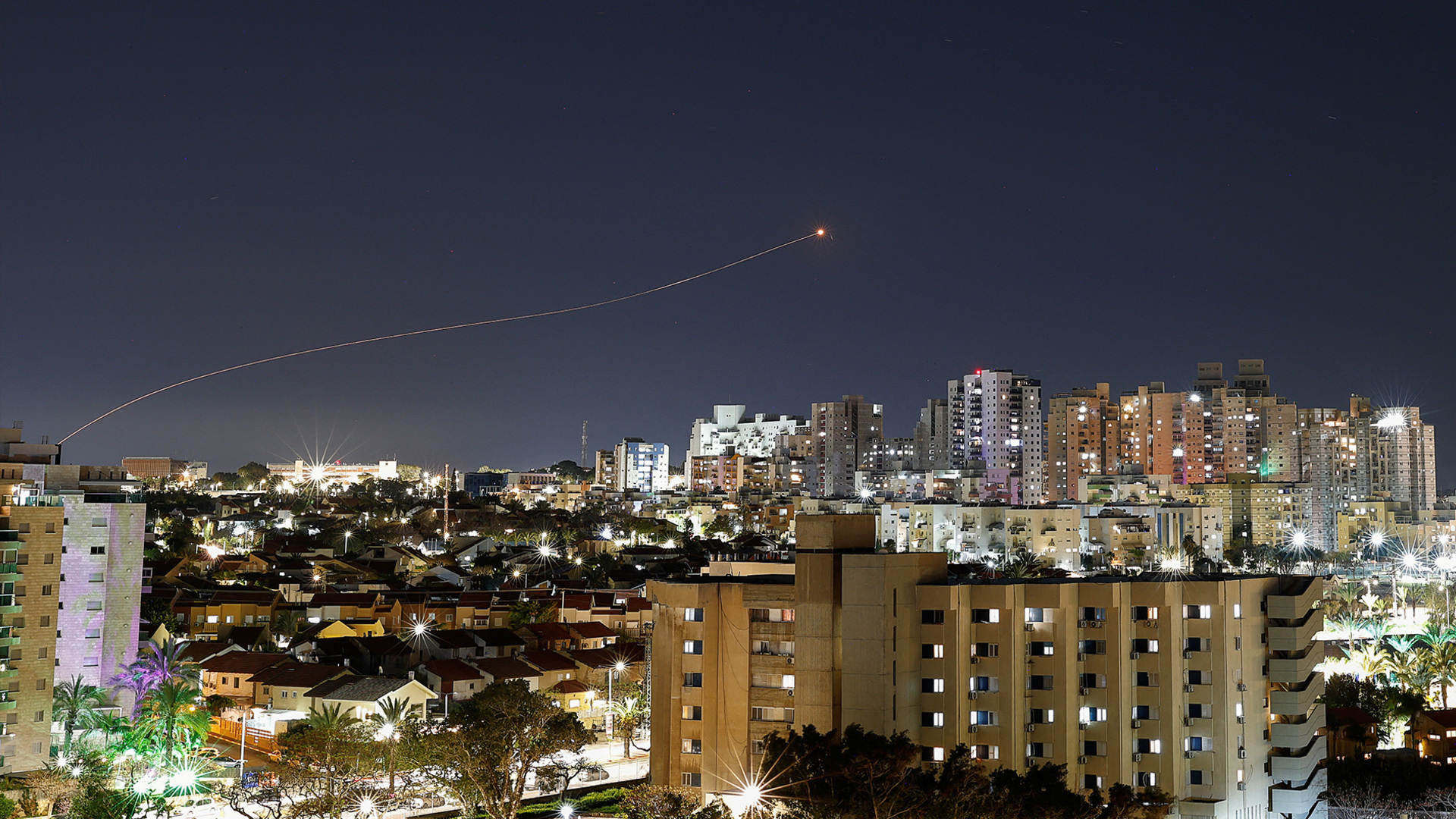Poland deploys air defences as Russia launches new strikes on Ukraine | Russia-Ukraine war News
Warsaw says ground-based air defence, radar reconnaissance systems also brought to the ‘highest state of readiness’.
Published On 5 Oct 2025
Polish and allied air defences have been deployed to secure the country’s airspace, its military said, as Russia launched new deadly air strikes on neighbouring Ukraine.
The latest deployment on Sunday comes as the transatlantic security bloc NATO steps up its air patrols across the region in response to suspected Russian airspace incursions and drone sightings in several member states.
Recommended Stories
list of 3 itemsend of list
“Polish and allied aircraft are operating in our airspace, while ground-based air defence and radar reconnaissance systems have been brought to the highest state of readiness,” Poland’s operational command said in a post on X early on Sunday.
“These actions are preventive in nature and are aimed at securing the airspace and protecting citizens, especially in areas adjacent to the threatened region,” the statement added.
The Polish military said it is monitoring the current situation, stating that its forces under its command “remain fully prepared for immediate response”.
Poland shares an estimated 530km (329 miles) with Ukraine.
As of 02:10 GMT, all of Ukraine was under air raid alerts following Ukrainian Air Force warnings of Russian missile and drone attacks.
In a statement posted on Telegram, Ivan Fedorov, head of the southeastern Zapoprizhia region, said that a Russian “combined strike” killed a woman and wounded six other people, including a 16-year-old girl.
In late September, Poland was forced to briefly close part of its airspace southeast of the capital, Warsaw, after Russia launched a major attack across Ukraine.
Earlier that month, Polish and NATO forces also intercepted Russian drones which entered Poland’s airspace, marking their first direct military engagement with Moscow since the Kremlin’s full-scale invasion of Ukraine began in 2022.
On Sunday, NATO member Lithuania reopened its main airport after shutting it for hours following sightings of a “series of balloons” in its airspace.
Airports in Germany, Denmark, Norway and Poland have also recently suspended flights due to unidentified drones, while Romania and Estonia have pointed the finger at Russia, which has dismissed the allegations.

